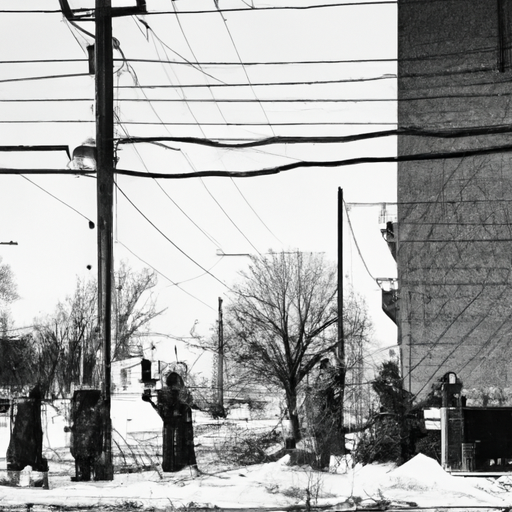Unpacking the Canadian Opioid Crisis: A Review of Current Events
The breadth and complexity of the opioid crisis in Canada continues to send tremors through our communities and homes, necessitating more research, resources, and resolution. A recent article published on CTV News provides us with an incisive look at the repercussions of widespread opioid misuse and effective measures initiated to curb its impact.
The Current Landscape of the Opioid Crisis in Canada
Typified by the surge in opioid-related overdose deaths, the crisis primarily affects the homeless population and exacerbates crime rates, according to the aforementioned article. The issue also reveals a worrying intersection with the increased susceptibility of marginalized groups to becoming victims of the crisis due to limited access to healthcare and psychosocial support services.
The Opioid Crisis and Homelessness
The opioid crisis has posed an additional challenge for homeless individuals. The entangled cycle of homelessness and substance use can face numerous barriers in accessing treatment options and harm reduction services. Beyond a mere correlation, the opioid crisis has actively exacerbated the problem of homelessness in various Canadian cities.
Opioid Crisis and Crime Rate
Besides homelessness, there’s a parallel rise in petty crimes and burglary, which can be rooted in opioid addiction too. Certain criminal activities are driven by the desperation of individuals to sustain their drug dependency, injecting an additional layer of complexity to the crisis.
Combatting The Crisis: Measures in Place
Canada’s response to the opioid crisis has been multifaceted, including steps towards making naloxone—an antidote for opioid overdose—readily available to those at risk. There has been a strong push for opioid class actions, an effort aimed at holding pharmaceutical companies accountable for their role in fomenting the crisis.
The Role of Naloxone
Underlining the importance of reducing opioid overdose deaths, naloxone has proved indispensable. By blocking the effect of opioids, it can potentially reverse an overdose. Enabling easy access to this emergency intervention, various provinces have started free naloxone kit programs.
Opioid Class Action
Opioid class action lawsuits have been instigated to hold pharmaceutical manufacturers and distributors responsible for their part in the opioid crisis. Seeking compensation for damages, jurisdictions endeavor to fund treatment and prevention programs which will act as an additional driving force to curtail the opioids related issues.
Main Takeaways from the CTV News Article:
- The opioid crisis in Canada has reached a critical level, particularly impacting homeless individuals and enhancing crime rates.
- Opioid class actions and increased naloxone availability are key strategies in tackling the crisis.
- While the crisis is national, the impact varies regionally. Addressing these inconsistencies is essential for a comprehensive solution.
Conclusion
As we face the ongoing issues escalated by opioids in Canada, a comprehensive understanding of its intricate currents is crucial. The need for critical scrutiny, cooperation from pharmaceutical stakeholders, and provision of targeted services for affected sections of the population has never been more urgent. Armed with this knowledge, we remain hopeful that Canada will continue to innovate and forge a path out of the opioid crisis.
